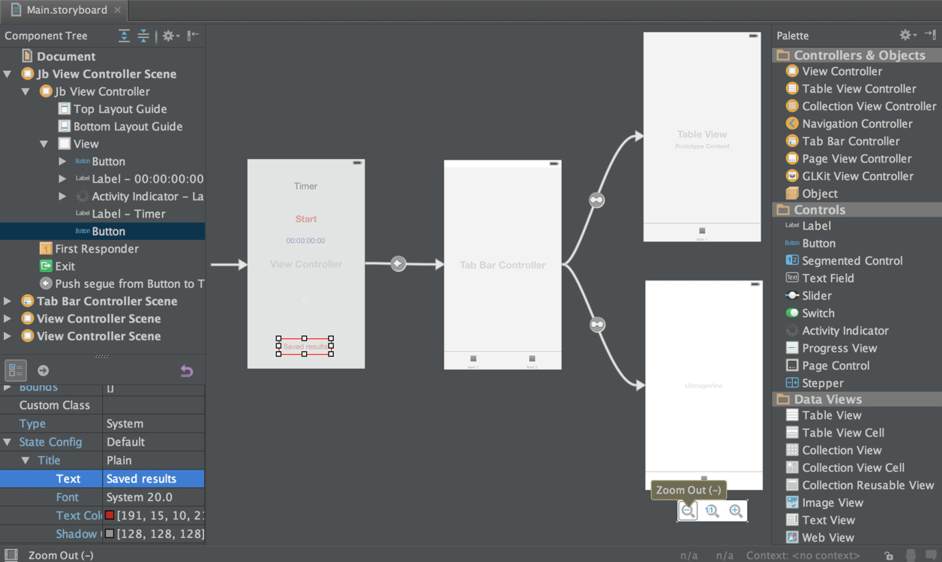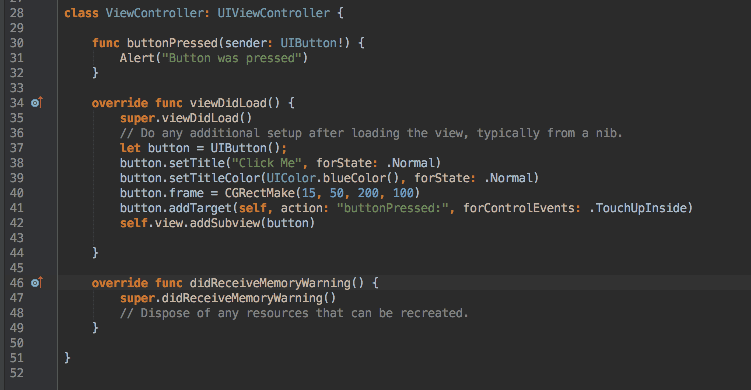
For example, you might want to have specific packages or database migration scripts only available at build and release time, but not in your final production image. With a multi-stage Docker build you can manage build and production images for your application in a single Dockerfile. Targeting a stage from a multi-stage build build:Įach build-time environment variable must match an ARG line in your Dockerfile: ARG RAILS_ENV=production Also runtime config vars (e.g., those set with heroku config:set) are not available at build-time. Variables set in this section do not create runtime config vars. The config field of the build section allows you set environment variables available to the build environment. If you do not specify a run section, the CMD specified in the Dockerfile is used. The Docker build context is set to the directory containing the Dockerfile. Specify Dockerfiles using paths relative to heroku.yml: build: To set a config var, add it to the nfig section: setup: Heroku.yml supports setting config vars at app provisioning time. The optional as option allows you to attach multiple instances of the same add-on provider with different names.

To provision an add-on, add it to the setup.addons section: setup: Heroku.yml supports creating add-ons at app provisioning time. Setup: Defining your app’s environment Configuring add-ons Here’s an example that illustrates using a heroku.yml manifest to build Docker images: setup:

If you don’t include a run section, Heroku uses the CMD specified in the Dockerfile.Ĭommit the file to your repo: $ git add heroku.yml

If the Dockerfile lives in a non-root directory, specify the relative path in the value, such as app/Dockerfile. In this example, both heroku.yml and Dockerfile are in the same directory. The following example heroku.yml specifies the Docker image to build for the app’s web process: build: Take advantage of Review Apps when deploying Docker-based applicationsĬreate a heroku.yml file in your application’s root directory.Specify add-ons and config vars to create during app provisioning.The heroku.yml file is a manifest you can use to define your Heroku app.


 0 kommentar(er)
0 kommentar(er)
